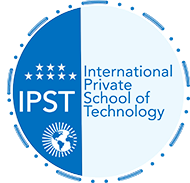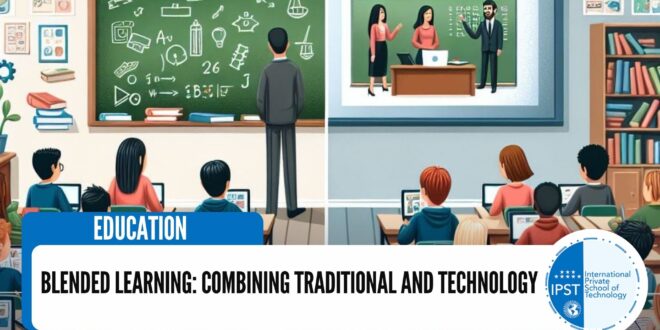In the contemporary educational landscape, Blended Learning has become one of the most prominent approaches that combines traditional, in-person education with digital technology to achieve a comprehensive and effective learning experience. This method blends traditional face-to-face interaction between teachers and students with modern technologies that provide flexible and interactive online content. In this article, we will explore how Blended Learning can improve educational outcomes and how traditional methods can be integrated with digital technologies to maximize student benefits.
1. What is Blended Learning?
Blended Learning is an educational approach that combines traditional in-person instruction with digital learning through technologies like online platforms, educational videos, and interactive activities. This method focuses on customizing learning techniques to suit each student’s needs, allowing them to learn at their own pace, either in the classroom or online.
Source: Edutopia – Blended Learning: A Disruptive Innovation
2. Advantages of Blended Learning
Increased Interaction and Engagement
When traditional education is combined with digital technology, learning becomes more interactive. Students can use digital platforms to engage in discussions, solve interactive exercises, and review content anytime and anywhere. This increases opportunities for interaction between students and teachers, as well as among the students themselves.
Personalized Learning Pace
One of the key advantages of Blended Learning is the opportunity for students to learn at their own pace. Students can revisit online lessons multiple times to better understand concepts, while traditional in-person sessions help guide and supervise the content.
Source: The Chronicle of Higher Education – The Power of Blended Learning
3. Challenges of Blended Learning
Despite the many benefits of Blended Learning, there are some challenges. One of the main obstacles is the need to train teachers to effectively use digital tools. Additionally, technical challenges such as internet connectivity and access to digital devices may be barriers for some students. It is also important to ensure that digital content integrates effectively with traditional materials to ensure satisfactory educational outcomes.
Source: Inside Higher Ed – Challenges of Blended Learning in Higher Education
4. How to Combine Traditional Education with Digital Technology
Using Educational Platforms
One effective way to integrate traditional education with digital technology is by using educational platforms such as Moodle and Blackboard. These platforms allow students to access educational materials, interact with teachers and peers, and complete assessments electronically.
Learning Through Videos and Interactive Content
Integrating educational videos and interactive activities into curricula is one of the key ways to combine traditional education with technology. Teachers can prepare short video lessons to explain key concepts, while students can engage in digital activities to apply what they’ve learned.
Source: Forbes – How Blended Learning Is Changing the Future of Education
5. The Future of Blended Learning
In the near future, Blended Learning is expected to expand to include more advanced technologies like Artificial Intelligence (AI), Virtual Reality (VR), and Augmented Reality (AR). These technologies will help create more interactive learning environments where students can benefit from a flexible, cutting-edge learning experience that blends in-person instruction with modern digital factors.
Source: EdTech Magazine – The Future of Blended Learning: AI, VR, and AR
Conclusion
Blended Learning is one of the most significant innovations in education, combining the best aspects of traditional teaching with digital technology to achieve optimal results. By blending traditional methods with digital tools, a more flexible, interactive, and effective learning environment can be provided. While there are challenges associated with this approach, the future holds many opportunities for its development, making education more inclusive and tailored to the diverse needs of students.
This article provides an overview of how to combine traditional education with digital technology, focusing on the benefits and challenges, and supports the information with reliable sources.
 International Private School of Technology المدرسة الدولية الخاصة للتكنولوجيا Private School مدرسة خاصة للتكوين المهني
International Private School of Technology المدرسة الدولية الخاصة للتكنولوجيا Private School مدرسة خاصة للتكوين المهني


